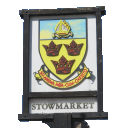Most folk will bypass Stowmarket completely, by the busy A14, actually, on their way to and from Bury St Edmunds but there's a big brown sign advertising the Museum of East Anglian Life that's caught the eye.
That's a museum and an entire area so hasn't that got to be worth pulling in, parking up and having a right good peep at, eh? None of your out-of-town nonsense, neither, this is bang in the middle of one with parking conveniently provided near an Asda™.
At least this is how it happened in 2020. Now reinvented as the Food Museum, it's not known how much of this nonsense is now relevant or what has happened to Zippo but more on him in a minute.
Before that, though, there's a rural market town where the old marketplace is a marketable-enough feature and the stallholders still set up here, just not today.
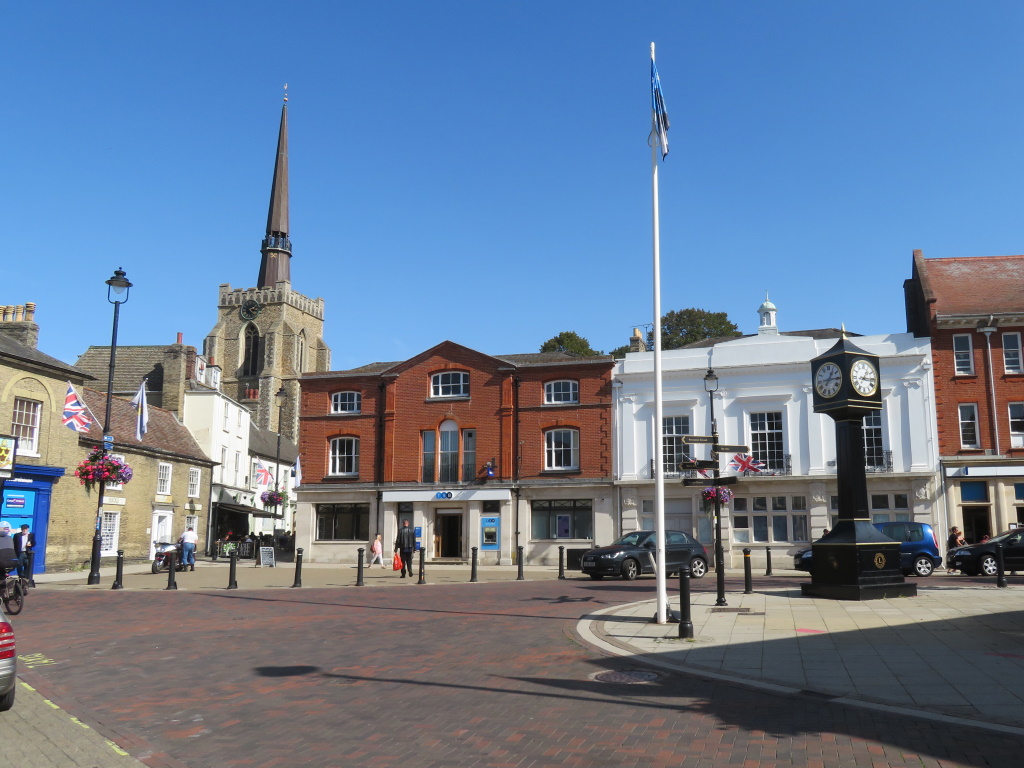

Turn around, however, to head up the pedestrianised high street and, sorry Stowmarket, you could just about be anywhere.
Unlike being at what was the Museum of East Anglian Life where you couldn't just about be anywhere, not unless 'anywhere' is Beamish, the Living Museum of the North or the Weald and Downland Living Museum, say, although their Repair Shop really is rather busy, these days.
Yes, the 75 acres of this outdoor attraction are largely given over to all things old and agricultural with the buildings cleverly rebuilt from elsewhere in Suffolk and around.
The concept may have been stolen from Stockholm but where else can you see the old settling house from the cattle market at, or what was once the biggest factory in, Bury St Edmunds?
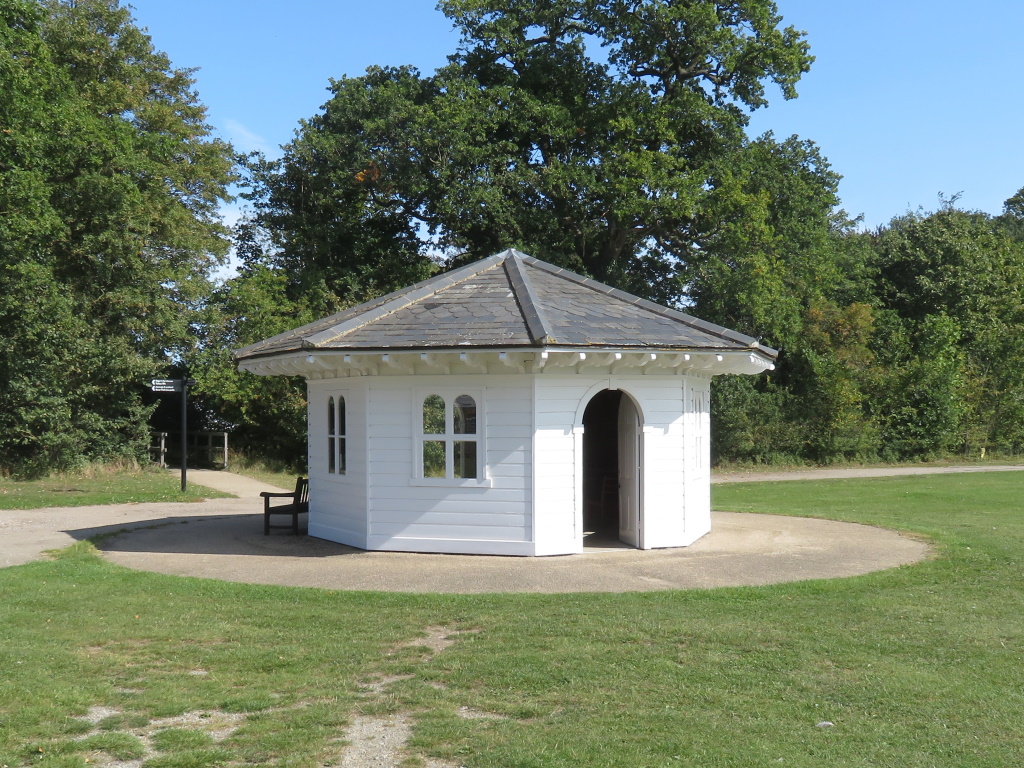
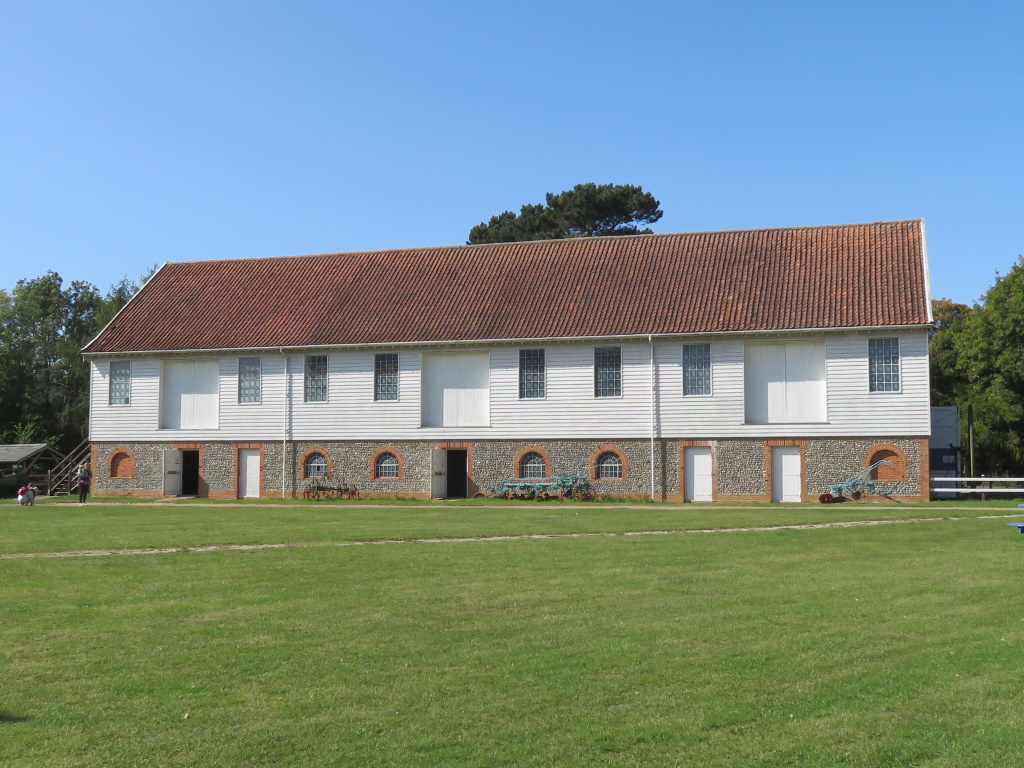
Bury St Edmunds if they hadn't moved them you say? Fair point.
It's fairly barn-heavy with a fair bit of old industrial equipment on show. A couple of combines here, one from Germany and the '50s and the other from Ipswich and the '60s.


Something older next door, though, the familiar form of the traction engine and the farmer's friend, the tractor.
Now, here's a confession, Bob used to love this stuff as a kid but must have simply grown out of it and this no longer causes the same level of excitement it once did.
It could be said, I'm an ex-tractor fan.
Apologies for that but this mechanisation led to the ruination of the rural idyll, loyal labourers tilling the soil until twilight, a rhapsody of birdsong in the background.
Back-breaking labour in all conditions and subsistence existences, more like, led to mass migration to the cities during the Industrial Revolution.
One such hopeful individual hopped on a cargo ship used to bring coals from Newcastle and ended up back up there before ending up down the mines.
That, by the way, is the reason for spending so much time in Suffolk and without that fact none of this nonsense would exist, which some might say wouldn't be such a bad thing.
There's a young lady handling some lively livestock in a field down near the enticingly named River Rat.
She's normally given to doing demonstrations but you-know-what means these rare-breed sheep, not shown, have no concerns at being corralled on a daily basis for the foreseeable.
The nature river trail is also closed so there's no access to the windmill although that'll be a windpump, actually, since the Rat isn't much more than a trickle, really.

That means it's back the way you came past some fine examples of the osier wickerwork that made Stowmarket famous, apparently, and the museum's best-known resident... here boy, wanna carrot?
Spoons have a tradition of naming their pubs based on the history of the town or the old building they invariably inhabit. The inevitable offering in a town of this size is called the Willow Tree, from the famous Suffolk wickerwork, apparently.
There are no awards for their nearly-out-of-date ale but the Director of Contrived Waterhole Naming gets a crafty (3/5) for the famous, local latticing, apparently.
As for inside? It's a Wetherspoon™s man!
The Suffolk Punch workhouse packed quite a punch and Zippo stands 17 hands high.
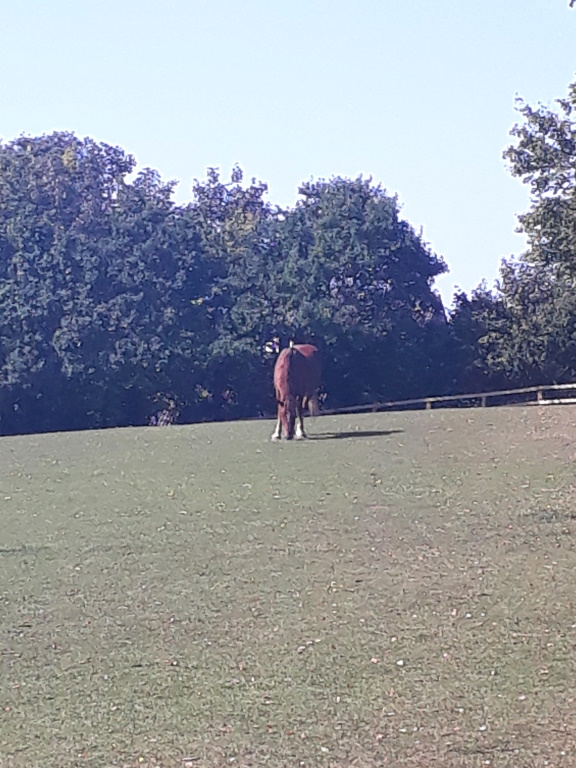

Not that you'll get your hands on him and the best that can be done is to ditch the phone and crank up the camera that at least has a bit of zoom on it.
You've just walked around what was all once a working estate with ownership changing hands between the church and some wealthy landowning family following what they still call a dissolution.
Abbot's Hall became their home and there's a glimpse of what life was like inside with period furniture and no widescreen TV on the wall.

Some of the employees may have been inclined to jump ship but this is where they enjoyed the fruits of their fruit picking before handing it all over to a charitable trust in the '60s.
Meanwhile, back in Stowmarket, there's no obvious access to the equally enticingly named River Gipping so all that's left is to admire the spire on St. Peter and St. Mary's church, now known to be as recent as 1994.

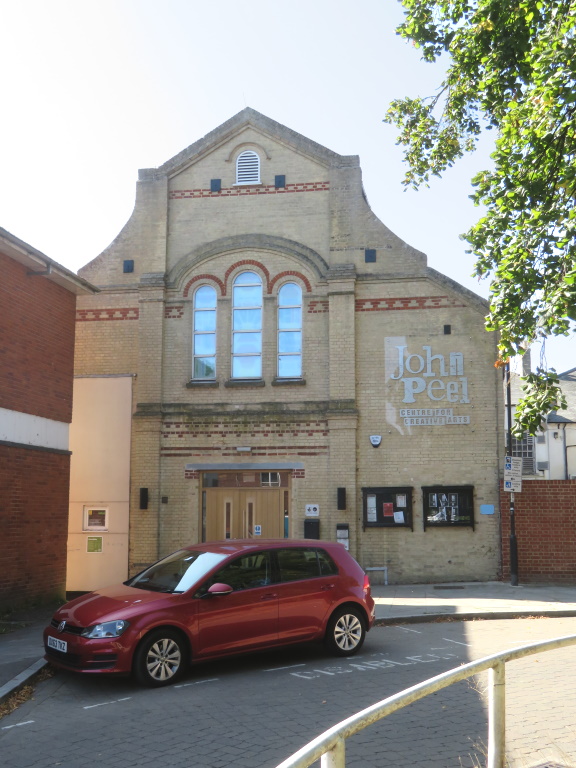
It's assumed that the church bells still peal but what about the John Peel Centre for Creative Arts?
Despite hailing from somewhere on the Wirral, the champion of the musical underdog lived just along the road in Great Finborough and did so, somewhat surprisingly to Bob, since the '70s.
Following his untimely death in 2004, he was buried in his local churchyard and it's something of a shrine for some prog-rock, punk and indie-pop pilgrims.
Not for Bob no more, though, my musical tastes have mellowed and moved mainly into the mainstream. these days.
It could be said, I'm an X Factor fan.


